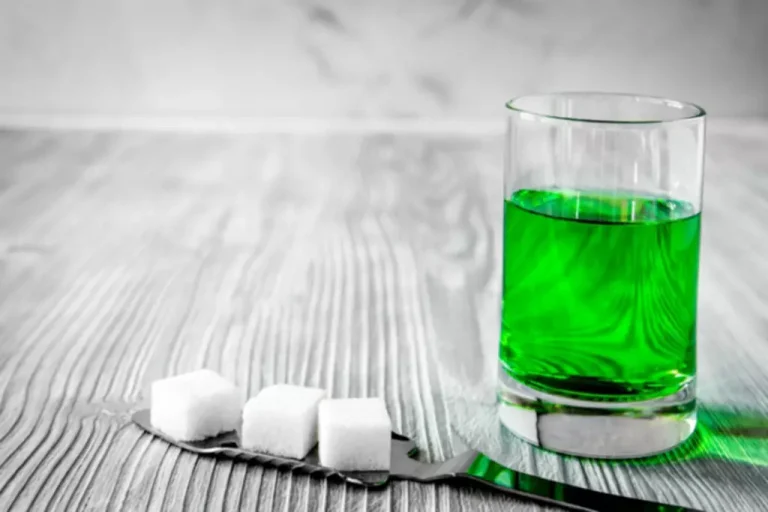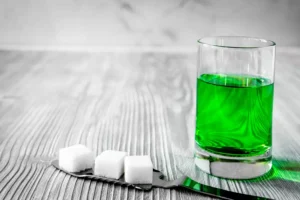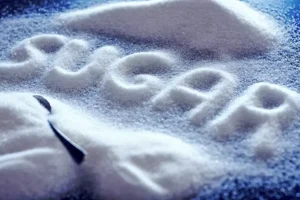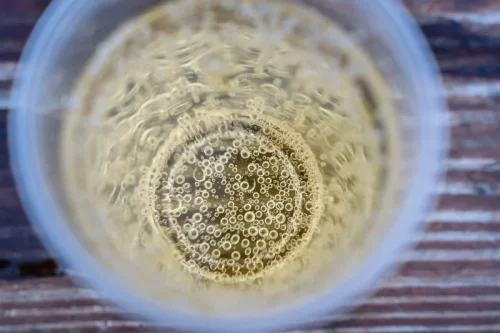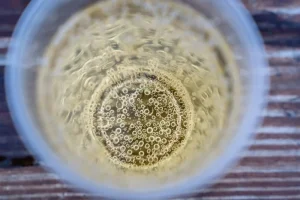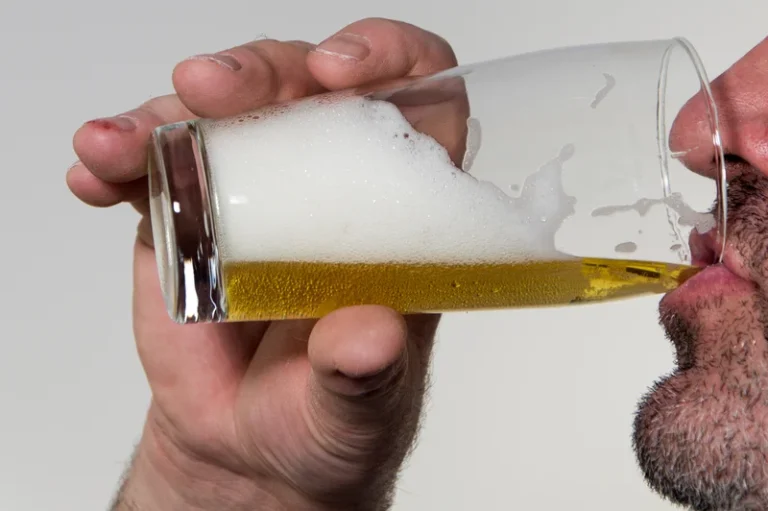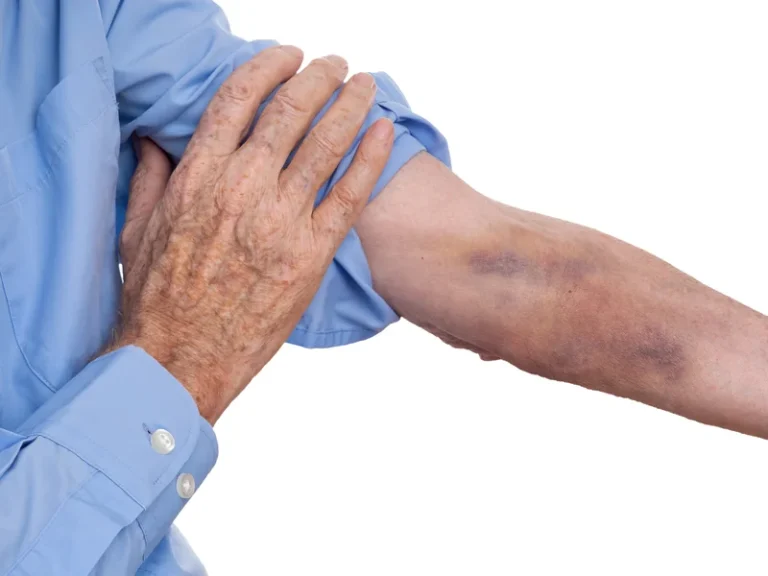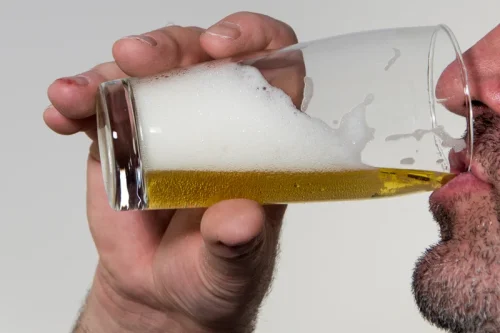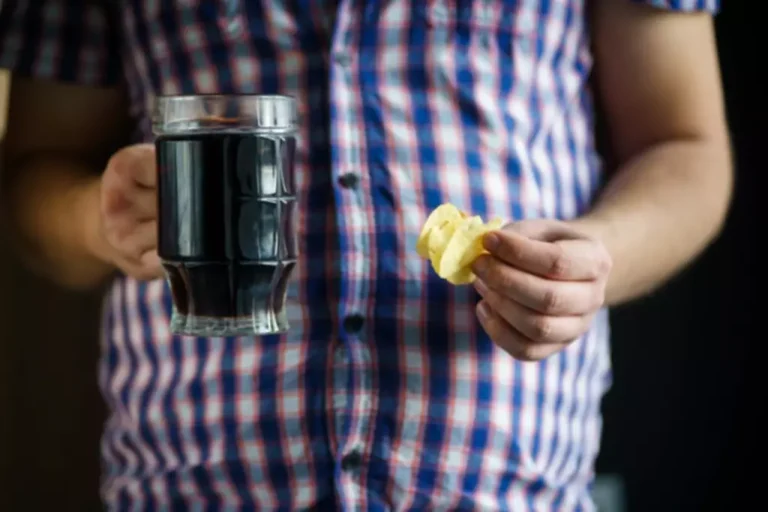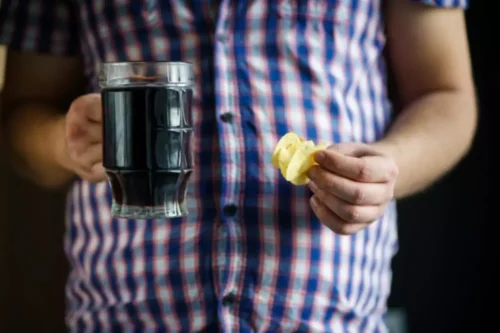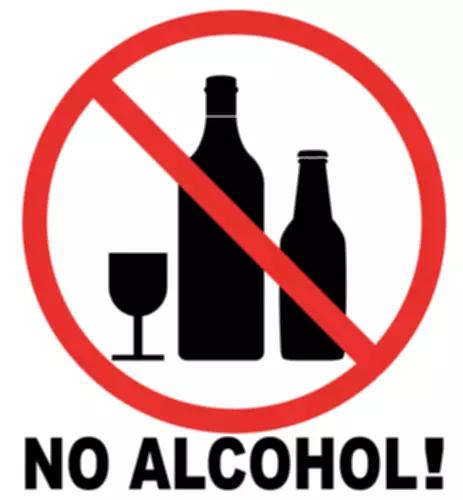Certain drugs known as “date rape drugs” are slipped into people’s drinks. Odorless, tasteless, and hard to detect, these drugs cause memory blackouts and physical helplessness. If you suspect that someone has drugged and assaulted you, call and seek medical attention. Avoid changing, bathing, urinating, washing your hands, or douching before going to the emergency room. If you’re concerned about being a victim of date rape, then you should know the roofied side effects and signs to stay safe. Below are some common after-effects of getting roofied and tips on how to tell if you were roofied.
Can being roofied cause long-term health effects?
In addition to preventing recurrence and lowering the likelihood of victimization in the future, treatment, and rehabilitation are essential. People roofied may experience confusion, memory impairment, and difficulty concentrating. They may have trouble understanding their surroundings or recalling events later. Roofies typically take between 15 and 30 minutes to start working after they are in the body. It’s crucial to remember that the precise timing might vary from person to person depending on things like metabolism, dose, and personal sensitivity. Although many drugs can be used to facilitate sexual assault, here are the most common ones.
Many common date rape drugs come in the form of pills, powders, or liquids. They are often odorless and colorless when added to food or beverages. In many cases, it’s difficult to know when a drink or food item has been roofied. These drugs are odorless, colorless and tasteless, making them easy to slip into a drink without detection. Learn the signs and symptoms to know how to help someone who has been roofied. Sandstone Care supports teens and young adults with mental health and substance use disorders.
- In this blog, we’ll discuss the signs of being roofied, what it means and how to recover from such an incident for personal safety and well-being.
- Stay alert in social settings, especially in crowded places or unfamiliar environments.
- A date rape panel drug test can test for substances like GHB, ketamine, and different benzodiazepines like Rohypnol.
If you suspect you’ve been roofied, alert someone nearby, get to a safe location, seek medical assistance, and preserve any potential evidence. It’s also helpful to reach out to professionals for emotional and mental health support afterward. After being roofied, it is essential to seek medical attention even if you feel fine. A healthcare professional can assess your condition, perform necessary tests, and provide appropriate care. They can also document any signs or symptoms that may aid in legal proceedings if necessary.
What are the signs of being roofied?
Urine tests are widely used and offer a relatively long detection period. Metabolism plays a significant role in how long roofies stay in the body. People with faster metabolism tend to eliminate the drug more quickly than those with slower metabolism. Higher doses of Rohypnol can also prolong the drug’s presence in the system. Chronic or long-term use of roofies can also accumulate the drug in fatty tissues, further extending its detection window.
A roofie attack is when a perpetrator spikes a drink of an intended victim in order to take advantage of them. In high doses, a person can become unconscious and may not remember what happened to them. Detection of Rohypnol is possible up to 60 hours after the drug is ingested. If you’d like to learn more about healthcare, check out our in-depth interview with Ian Kroes, MD.
What Do Roofied Drinks Taste Like?
Our team is here to support you every step of the way as you work toward a healthier, more empowered future. Being Roofied is a terrifying feeling that can occur unexpectedly in social situations. The phrase “Roofied” alludes to the usage of drugs such as Rohypnol (flunitrazepam), GHB, or ketamine, which are commonly used in drug-related assaults. People who experienced rape or are being drugged should be admitted to the nearest hospital to receive proper medical attention right away. People who have been roofied (meaning drugged) are often defenseless and intoxicated with either a combination of alcohol, a date rape drug, and a hypnotic drug with powerful effects.
Roofies are well known for being strong sedatives, which can cause you to feel exhausted, disoriented, confused, and unable to make wise decisions. These side effects might intensify very fast, resulting in total drowsiness or even making you forget what happened. If any of these symptoms happen to you while at a bar, club, or party, do everything you can to alert security, your friends, or anyone else who might be able to protect you.
Avoid leaving them alone, as they may be vulnerable to harm or further danger. If they are unconscious or having difficulty breathing, place them in the recovery position (on their side with one leg bent and the head tilted slightly back) to help keep their airway clear. If interaction with first responders is required, describe what you know they have consumed and accurately estimate your friend’s alcohol consumption. Rohypnol is a central nervous system (CNS) depressant, which means that if you have how to recover from being roofied been roofied you will often feel overly relaxed, sleepy, disorientated, and calm.
Keep in mind that the information provided here is general, and individual experiences may vary. Additionally, the discussion below focuses on the potential effects of flunitrazepam, the active ingredient in Rohypnol. Prolonged misuse of substances like Rohypnol can lead to drug addiction, necessitating professional drug treatment services in Chicago for recovery. Knowing the signs of being «roofied» (being drugged with Rohypnol) can help you stay safe on a night out and reduce the risks of you or a friend being date raped. Below we look at the meaning of being roofied, how long before roofies take effect, the symptoms of being roofied, how to stay safe, and what to do if you think you or a friend have been spiked. Drink-spiking drugs are dangerous by themselves and more hazardous when mixed with alcohol and/or other substances.

